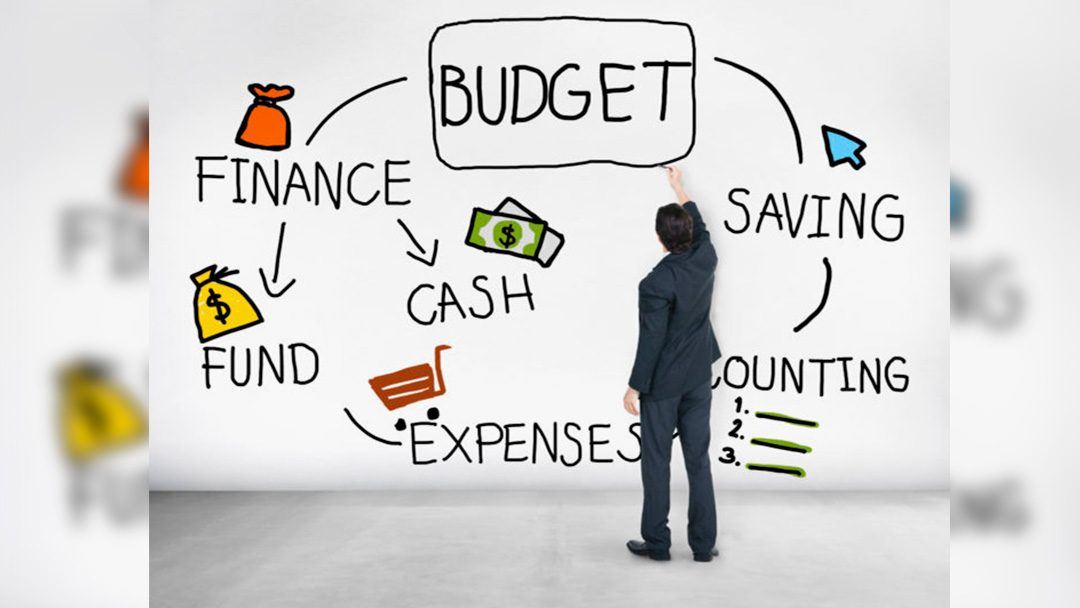STEM Innovation Academy of the Oranges
445 Scotland Road South Orange, NJ 07079
- STEM Innovation Academy of the Oranges
- Financial Literacy
Johnson, Zachary - Social Studies
Page Navigation

Financial Literacy
-
Syllabus
https://docs.google.com/document/d/1nYyo0GaXMw3PV8Fv4_ELG_LcgPOSY1PC/edit?usp=sharing&ouid=100705245591755280228&rtpof=true&sd=true
-
How money smart are you? Step into this course specifically designed for high school students to understand the importance of the financial world, including planning and managing money wisely. Areas of study taught through application in personal finance include sources of income, budgeting, banking, consumer credit, credit laws and rights, personal bankruptcy, insurance, spending, taxes, investment strategies, savings accounts, mutual funds and the stock market, buying a vehicle, and living independently. Based on the hands-on skills and knowledge applied in this course, students will develop financial goals, and create realistic and measurable objectives to be MONEY SMART! Through project-based learning activities and tasks, students will apply mathematical concepts in realistic scenarios and will actively engage by applying the mathematics necessary to make informed decisions related to personal finance. Financial Literacy places great emphasis on problem solving, reasoning, representing, connecting and communicating financial data.
Unit 1: In this unit, students will grow their knowledge of their financial foundation. Asking themselves why, how, and what is the best use of their money. Students will discover what options they have in choosing to spend, save, and manage their finances. Students will reflect on these answers establishing a short term and long term action plan to guide their financial goals. By creating a financial plan and identifying which financial institutions and products support their financial journey, students will be more prepared and capable of managing their money.
Unit 2: In this unit students will focus on the importance of saving plans, money management, saving for the future, and retirement opportunities. This unit will begin with students learning how to save money for large purchases and the different methods of doing so. Students will explain the relationship between saving money and daily purchases. From there students will identify the consequences of debt and the best ways to go about managing and handling debt. With their knowledge of how to save and handle some of the dangers of mismanaged money, students will look to the future, setting goals and creating plans to prepare themselves for a proper financial future.
-
Course Objectives
These financial skills will put the students in a role of their personal financial advisor. These skills will be developed throughout the length of this course using the following skills to grow the students’ knowledge even further.
Examine personal habits, strengths, weaknesses and values when it comes to money: We’ve all made poor spending choices, even when we sometimes know better; it’s what makes us human. With that in mind, students will explore their financial personality types to examine how emotions and past experiences impact our spending and saving. Students will also explore how their financial choices are impacted by outside factors, leading to choices that might not be in our best financial interest, followed by empowering tips and strategies to retrain their brain for better financial decision-making
Identify components of a spending plan (budget): Students will examine the strength of their financial foundation by asking the “Why, How, and What” of money: Why should I care about managing money? How can I make the best use of my money? And what are the options I have for how I choose to spend, save, and manage it?
Identify the components of the FAFSA application: The Free Application for Federal Student Aid is covered in detail, from what purpose it serves to what to expect after submission. Students will learn about the importance of applying for FAFSA to qualify for financial aid, and the process of application, including how, where, and when to apply. A walkthrough of the FAFSA application is included, along with an exploration of common financial aid terms like SAR, verification, and EFC.
Identify the rights and responsibilities of a borrower Students will be introduced to critical borrowing terms like aggregate loan limit, grace period, and default, and will learn about strategies to minimize or stabilize borrowing habits to promote manageable repayment. By utilizing tools like the National Student Loan Data System and federal loan repayment estimators, students will take the first steps in understanding how current borrowing affects future financial outcomes. S
Outline the steps for repaying different types of debt: Students will review the implications of student loan debt and credit card debt, with a focus on repayment strategies. Students will review repayment scenarios and compare options for repaying private and public student loans, credit card debt, and other common debt such as medical debt. Students will create a plan for repayment and also develop strategies for avoiding unnecessary debt in the future.
Explain the relationship between investing, compounding interest, time and building wealth Students will determine the financial fates of simulated adults as they navigate where to live, leasing vs buying a car, choosing insurance, and how to invest for the future. Students will learn about the role of slow and steady savings in reaching financial goals, the importance of planning for unplanned emergencies, types of insurance, investing basics, and considerations for making big-ticket purchases
Learning Skills and Strategies: Decision-making (identifying situations, securing information, defining criteria, making decisions, taking action to implement the decisions, and examining and evaluating the consequences of those decisions); inquiry learning (being curious, asking powerful and complex questions, observing, investigating, and exploring to develop understanding, discussing and comparing with other works, and self-evaluating and reflecting to monitor progress); issue analysis (defining issues and identifying key opposing positions, determining conflicting values or beliefs, summarizing opposing positions, and stating ways to persuade others to adopt your position); and, problem-based learning (introducing and discussing a real world problem, collaboratively determining what is known and what must be learned, developing and articulating a problem statement, identifying possible solutions, researching, analyzing and resolving potential solutions; and, presenting solutions with supporting documentation).

